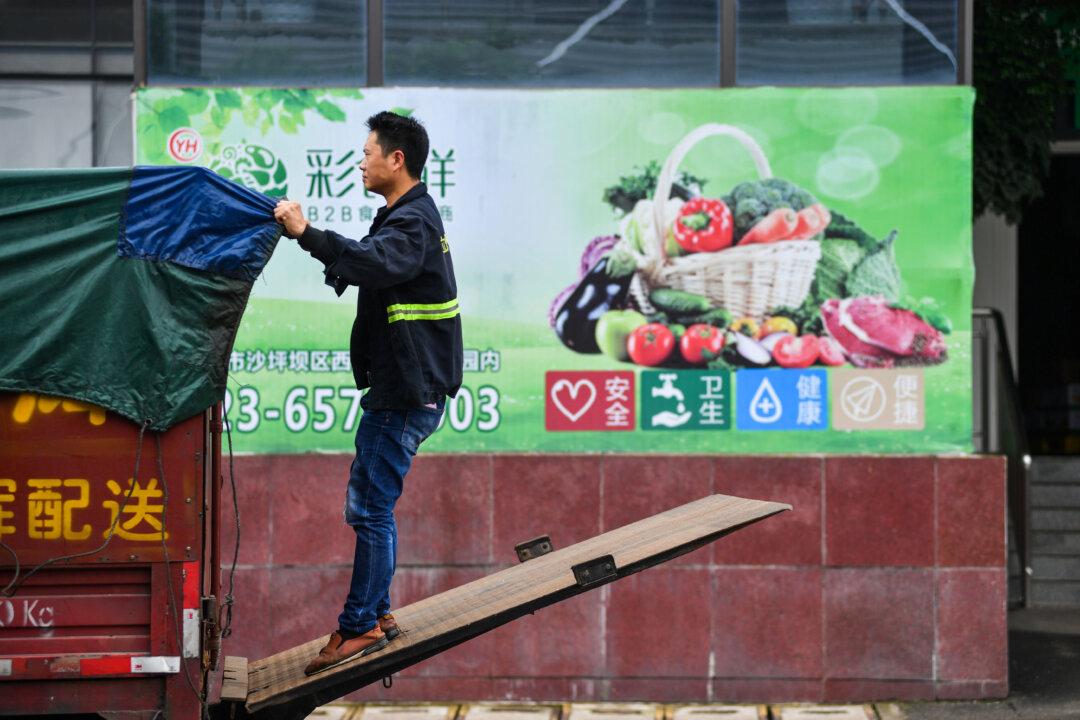BEIJING—China’s economic growth could fall below 6.5 percent in the fourth quarter as companies face increased difficulties, a central bank magazine said on Jan. 2.
“The trend of economic slowdown still continues, and the slowing momentum is increasing. The fourth quarter GDP growth is very possible to be lower than 6.5 percent,” said China Finance magazine, which is published by the People’s Bank of China.





